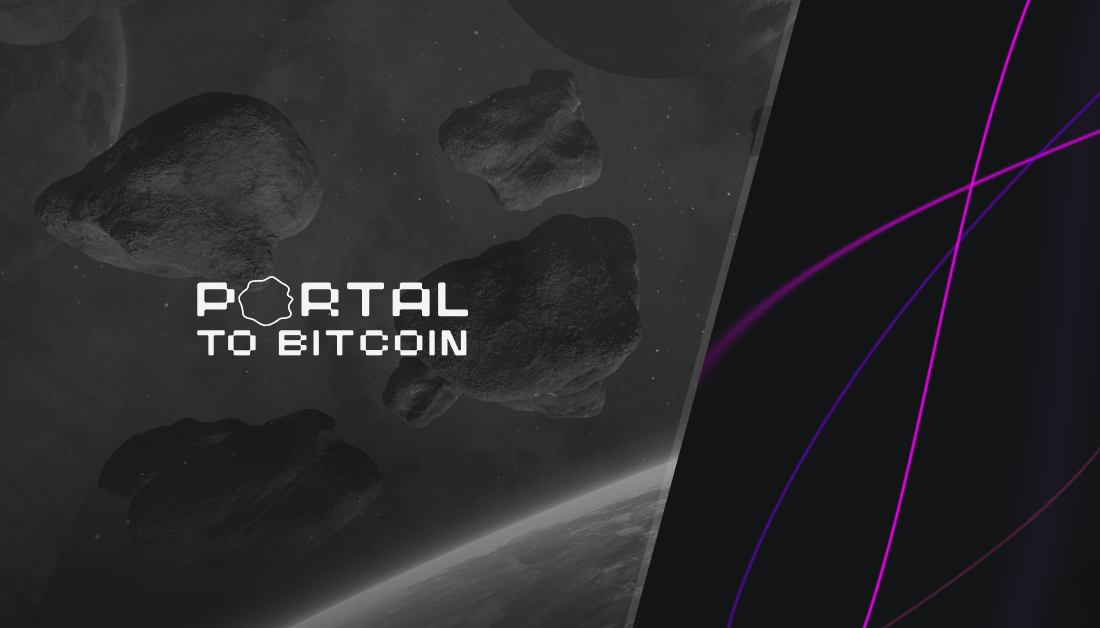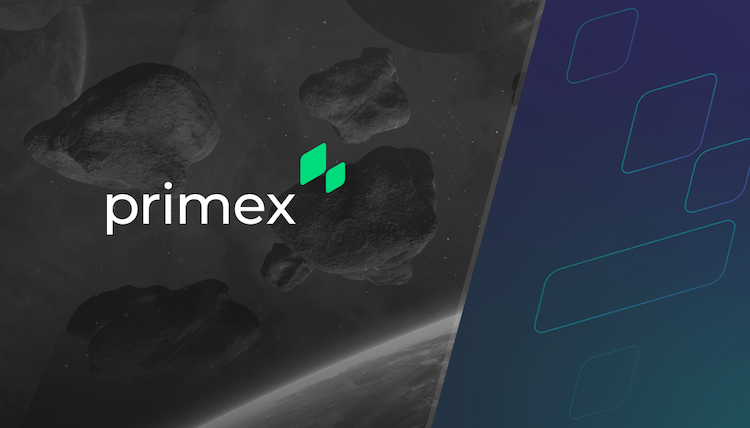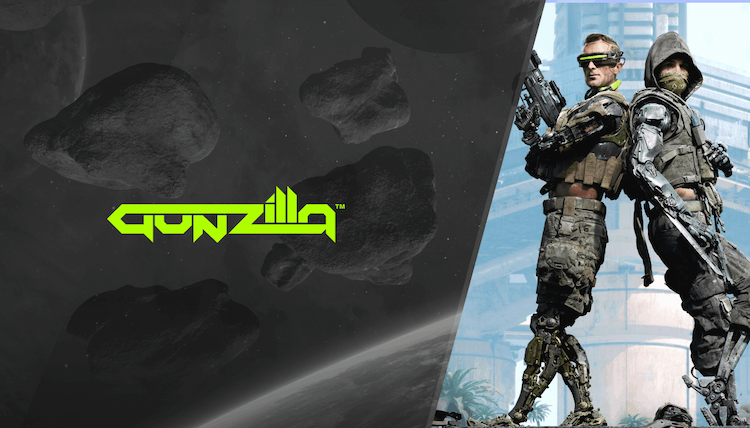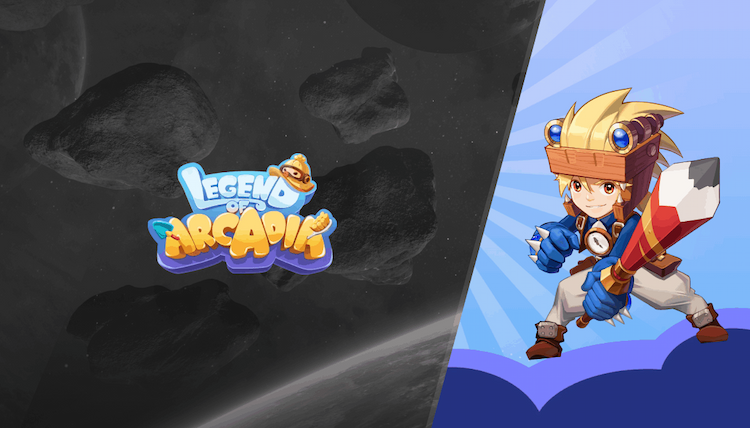
In the current Web3 landscape, cross-chain interoperability is increasingly critical and a topic almost every start-up in the space focuses on. Especially now, with the recent milestone of $BTC surpassing the $100K mark, solving Bitcoin’s interoperability and scaling challenges is more important than ever. Bitcoin’s status as a digital store of value is widely recognized.
However, its utility beyond this remains a concern for many Bitcoin maxi’s and builders. Many Bitcoin users continue to rely on custodial infrastructure for trading, lending, staking, and more – resulting in very high custody risks and privacy limitations. This has stunted the growth of the Bitcoin ecosystem, especially in the DeFi space, and has set it behind the fast-paced solutions built in the Ethereum and Solana ecosystems.
A project aiming to tackle the issues above is Portal to Bitcoin, the only Truly Custody Less Cross-Chain protocol that facilitates native Bitcoin swaps across different blockchains without the need for wrapped assets, multisig Vaults, or custodial bridges. With its wide range of products and infrastructure solutions, Portal OS and Bitscaler, Portal aims to enhance Bitcoin’s scalability utility without requiring any new changes to Bitcoin Opcodes. This paves the way for integrating cryptocurrencies into everyday transactions and makes it possible to bring the next billion users to Bitcoin and Crypto.
This month's review will cover Portal, its recent Aurelia testnet launch, various products, its team, fundraising, and more. The review will also end with an analysis of the project and outline its strengths and challenges.
What is Portal: Infrastructure and Products
Portal is building a custody-less Cross-Chain infrastructure for Bitcoin that mitigates the security risks commonly associated with traditional solutions, such as centralized exchanges, bridges, and multi-sig custody. By addressing these custody concerns, Portal aims to enhance Bitcoin’s adoption in DeFi and attract substantial capital from Bitcoin whales and traditional financial institutions. Its infrastructure is engineered for seamless integration with leading blockchains, including Ethereum, Solana, and Bitcoin's Layer 2 networks, fostering a highly interoperable and accessible ecosystem.
Portal to Bitcoin’s goal and visions in building a custodyless infrastructure for Bitcoin include:
- Decentralization
- Hyperbitcoinization
- Cross-Chain and Cross-Layer Capabilities
- Utility Centric Product
- Seamless Composability
- Sustainable Value Capture
To achieve the above, the team has created two pieces of critical infrastructure, Portal OS and Bitscaler, which support products such as the Portal Wallet, the DEX, Liquidity Router, and the Swap SDK.
Below is an overview of Portal’s infrastructure and flagship products:
Bitscaler
In August 2024, the Portal team introduced BitScaler, a revolutionary piece of infrastructure developed to improve Bitcoin's scalability and utility without needing core upgrades or new opcodes. It introduces multi-party channels, known as channel factories, which enable thousands of peers to transact with each other and create complex contracts with minimal on-chain footprint and full self-custody. This is considered the holy grail of Bitcoin scaling without compromising the ethos of Bitcoin. Additionally, BitScaler features delegated noncustodial transaction signing, facilitating the first custodianless and bridgeless cross-chain AMM built on Bitcoin.
This framework allows a single on-chain transaction to open and close multiple channels, reducing transaction fees and increasing throughput. As a result, BitScaler aims to address traditional limitations in blockchain scaling and enhances the potential for Bitcoin's utility within DeFi applications.
Portal has already built several products using BitScaler:
Liquidity Router: The Liquidity Router in the Portal Network is essential for the Automated Decentralized Market Maker protocol. It allows easy, seamless integration of Portal Infrastructure with other L1s and L2s with minimal engineering and integration overhead.
Swap SDK: The SDK provides classes that offer straightforward yet robust interfaces for interacting with the Portal DEX, digital wallets, and general crypto-asset management. It facilitates communication with the Portal DEX for executing crypto-asset swaps.
Portal Wallet: The Portal Wallet is a multicurrency wallet with a built-in DEX, emphasizing usability and security. It supports over 3,000 tokens across BTC, Ethereum, soon Solana, and others, and it is accessible on desktop and mobile devices. Users can:
- Automate asset management with customizable rules,
- Execute seamless asset swaps through peer-to-peer and AMM-based transactions,
- Utilize AI agents to monitor asset performance and identify trading trends.
And provide liquidity to the multi-chain automated dynamic market maker. The process is easy:
- Add Liquidity: Providers choose assets to deposit, create an account on the Portal Notary Chain, and request a Deposit Address for their funds.
- Manage Liquidity: LPs maintain adequate balances for creating Range and Limit Orders, facilitating efficient trading.
- Withdraw Liquidity: LPs specify a destination address for their withdrawal, with validators managing the transactions.
Additionally, the wallet offers management solutions for Lightning transactions, allowing users to send and receive payments quickly without requiring their Lightning node.
PortalOS
The Portal network operates through a framework of PortalOS nodes that execute network-level protocols and reach consensus on the swap execution in a trustless environment. All validators in the Portal network must run Portal OS to act as a distributed network of watchtowers. It includes all the major supported network nodes, a coordinator that passes and reads messages between different full nodes, and with the Notary Chain, on which all swap data is recorded.
At its core, PortalOS facilitates multi-blockchain interoperability by enabling fast, L3 atomic swaps between assets owned by untrusting parties on different blockchains in automated market makers (AMMs) customized for each blockchain, utilizing smart contracts on EVM-compatible chains and a secure multi-party HTLC for Bitcoin. The system is designed to be modular and efficient, supporting all Layer 1 and Layer 2 protocols and integrating with vital components such as the Portal Liquidity Router and Portal Coordinator.
Launches - Aurelia Testnet
The Portal team launched an innovative testnet model during the six-week Aurelia Testnet initiative—namely, rewarding active testnet users with LiteNodes instead of hosting a generic token airdrop campaign. LiteNodes are crucial in decentralizing the Portal Network by performing basic data validation and availability. Participants could earn up to seven LiteNodes throughout the testnet's duration—one per week plus additional opportunities via the overall leaderboard. Litenodes get 5% of all block emissions throughout the emission schedule of the Portal network.
Learn more: ➡️ here
In total, 21K LiteNodes will be distributed, providing participants with an innovative way to engage with the network. The Aurelia testnet reached over 1.9 million transactions and 150K downloads in just the first two weeks of private launch and has set them up nicely for the official public launch, which happened on 12/10/2024.
Token Economy - Portal Token
The native token, Portal Token, operates on the Ethereum blockchain as an ERC-20 token. Its primary users are validators who utilize the token by sending it to their Notary Chain account. This is accomplished by transferring funds via the Crossway Smart Contract on the Ethereum chain, allowing validators to maintain a balance on the Notary Chain for participation in auctions and other activities.
The total supply of the Portal Token is 8.4 billion tokens, allocated as follows:
- 1 billion tokens are reserved for the community through the Portal Foundation
- 2.5 billion for investors, advisors, and the team
- 3.9 billion for emissions.
These emissions will be distributed over ten years, with 5% specifically set aside for LiteNodes. This portion is uniquely available during the Aurelia Public Testnet campaign.
Team and Fundraising
Portal was founded by co-founders Dr. Chandra Duggirala (CEO), George Burke (Business Development), and Manoj Duggirala (CTO) with the mission of accelerating the arrival of hyperbitcoinization. The founding team has been part of the Bitcoin ecosystem for over 10+ years. It has a strong track record of pioneering Bitcoin products, such as ZK Swaps, the first Bitcoin debit card, and the first Bitcoin Automated Market Maker. Since its launch, Portal has grown to a team of 30+ members, who boast experience from top companies such as NVIDIA, Polkadot, and more.
In January 2024, Portal raised $34M in seed funding from investors, including Coinbase Ventures, Arrington Capital, OKX Ventures, and Gate.io, along with many other high-profile fintech and crypto investors. The seed round follows Portal’s angle round of $8.5M from 2021.The team stated the funds will be used to develop its two flagship products, Portal DEX and Portal Wallet, and integrate AI agent RAFA.AI into the Portal DEX for Automated liquidity routing and portfolio rebalancing, momentum strategy execution, among other functionalities.
Analysis
Strengths:
- Portal benefits from BTC dominance and offers cross-chain compatibility with well-established ecosystems like Ethereum and Solana. This interoperability enhances its potential user base and utilization across multiple platforms.
- By addressing the crucial issue of liquidity fragmentation within the BTCfi space, Portal positions itself as a BTCfi Liquidity Hub, unifying liquidity across Bitcoin Layer 2s and BTC-related assets while enabling seamless BTC swaps.
Challenge:
- Portal faces significant competition from other Bitcoin swaps but has speed, a full non-custodial nature, and cheapest transaction fees as its unique value propositions. Its compatibility with rapidly advancing ecosystems, like Ethereum and Solana, is a strength. Risks include the rapid integration of other emerging ecosystems such as Sui and Aptos.
What’s Next for Portal
In the upcoming months, the Portal team is gearing up to launch their Mainnet and increase the penetration rate of their Liquidity Router for Layer 1 and Layer 2 integrations outside the Bitcoin Layer 2 space. Additionally, the team will work on rapidly adopting the Swap SDK for dApps, wallets, and DEX. Finally, Portal will launch several DeFi products, including Perps and Web2 in-gram asset swaps.
Learn more about Portal
🌐 Official website: portaltobitcoin.com/
🐦 Official Twitter: x.com/portaltobitcoin
🕹️ Discord channel: discord.com/invite/portaltobitcoin
📖 Telegram: t.me/portalgroupchat
✍️ Blog: medium.com/@Portal_team
🤝 LinkedIn: linkedin.com/company/portal-crypto/



